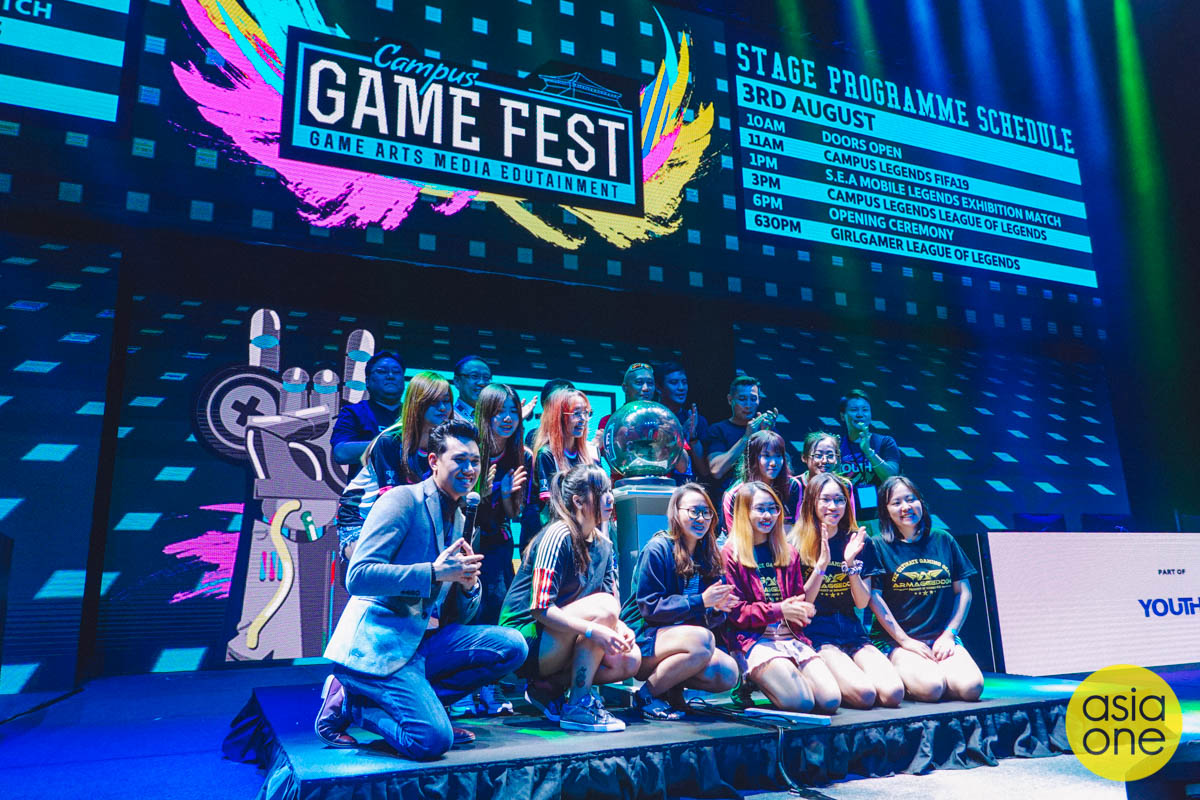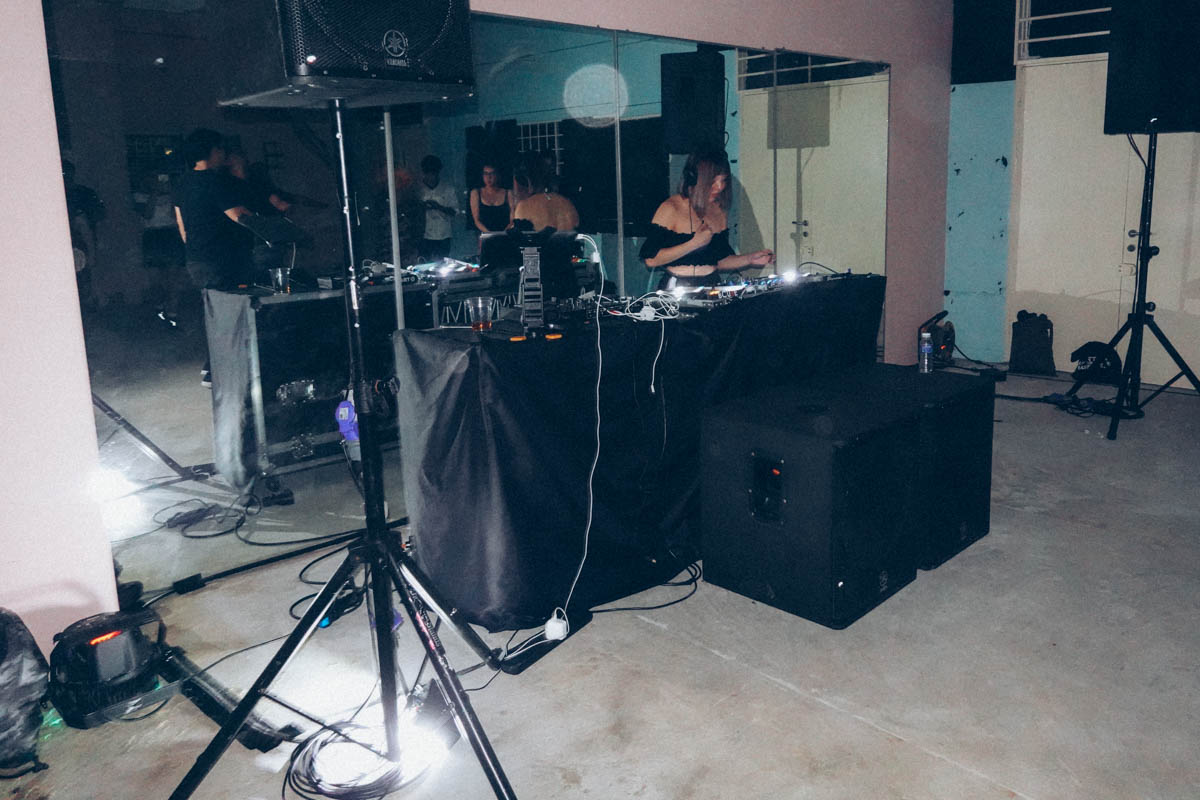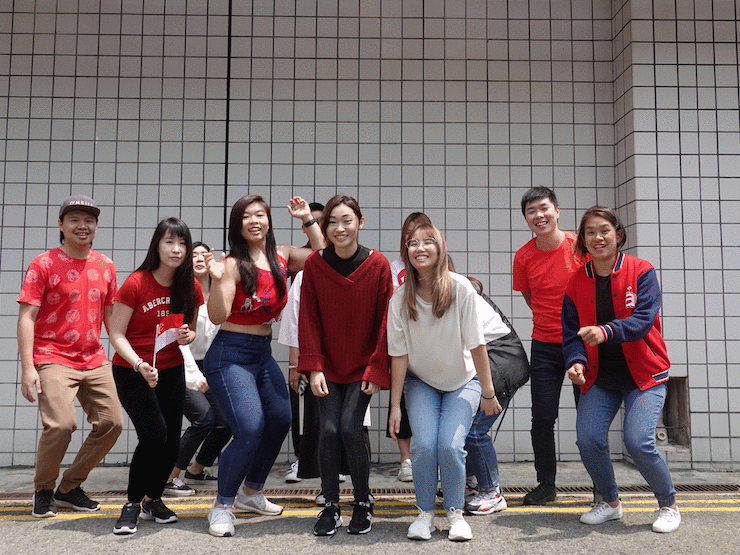Gear Review: Sony RX100 VII is the road-ready pocket rocket you never knew you needed

Yes, it’s that time of the year again to fawn over Sony’s impressive point-and-shoot cameras. It’s been only several months since the company released the RX100 VI last August, but Sony found it fitting to launch an updated model: the RX100 VII.
The best camera is the one you have with you, and this compact camera takes that truism to the next level — at a scary price point of $1,649, that is. Far, far better than what a smartphone camera offers, the RX 100 VII is small enough to carry around with you anywhere (it really is pocketable) and it's accessible enough to whip out anytime for impromptu shoots.
The term "point-and-shoot" often carries the connotation of being hugely substandard when compared to serious-er likes of mirrorless cameras, bridge cameras, and DSLRs. In other words, it’s the basic b**** of the camera world.

For those unfamiliar with Sony’s long-running RX100 series, I can assure you that its latest device does not order Pumpkin Spiced Lattes and spouts quotes from Friends. Despite its tiny footprint, the RX100 VII manages to pack a 24-200mm zoom lens with an f/2.8-4.5 aperture. Pretty much the same as last year’s model, but this time around it has the autofocus capabilities found in its more powerful siblings like the Sony Alpha 9.
[embed]https://www.youtube.com/watch?v=Xb9UyETiQk0[/embed]
If technical specs all seem like Greek to you, no worries! To help you understand the IRL virtues and flaws of the RX100 VII, I tested out its road-readiness in a series of trials across two weeks.

The first gauntlet that the camera ran through was a pretty sizeable one: Campus Game Fest 2019, a full-fledged gaming and esports gala held at the Singapore Indoor Stadium. You know what that means — flashing RGB radiance everywhere, cool indoor light tones, and a tonne of glow from screens. This could be a challenge for a small camera.

Things turned out just fine despite me using the camera fully on auto settings throughout the two days at the festival. Image and video stabilisation worked like a charm, while the autofocus system was quick and reliable enough for me to go on a shooting spree from the hip.

I did see a possible issue due to a lack of any sort of grip on the shockingly lightweight camera body, and there were some points where I thought it could’ve slipped out of my hands while walking around. This model, however, was built with vloggers in mind (yes, there is a 3.5mm mic port), and Sony has a package that includes a proprietary handheld shooting grip with active video and photo shutters built in.

The grip-and-camera setup proved to be ideal for long periods of shooting on the go, and the tilting rear display makes it a cinch to check out what you’re aiming at while lofting the whole thing up high.

Battery life could have been a lot better though — it dropped to about half the full charge after about two hours of shooting. I can’t recommend the camera for some heavy-duty photography sessions unless you’ve got a power bank with you, because it’s 2019 and camera batteries can be charged directly via Micro USB.
Even in an environment filled with pulsating lights and fast movement on screens, the RX100 VII manages to capture all the action superbly well, and images come out pretty fantastic after some colour correcting.

But can the RX100 VII really stand next to its bigger optic cousins? I brought the camera along to a concert at The Pavilion, where I had backstage access to midwestern emo legends American Football when they played here (shoutout to Symmetry Entertainment). What? Don’t @ me, I’m an old-school emo head.
Anyway, this was where the camera started to struggle a little when thrust in a poorly lit environment. Shooting old emo dads should have been pretty easy (they’re not physical firecrackers), but with only a single lamp lighting them up, the camera’s lens becomes sluggish — likely due to its relatively small maximum aperture when zoomed out. Fortunately, the RX100 VII knows not to pump up the noise reduction, and the useable shots turned out decent after some editing.

The camera also has face detection autofocus — which locks the focus on framed faces automatically — and that helped a wee bit during the shoot. Though I imagine it would have worked more accurately in better lighting conditions.

Better lighting conditions were plenty available when the gig kicked off, and the image crispness that impressed me so much at first came back, thanks also in part because I stayed zoomed out (the camera sensor gets more light in that way).


Popping off shots in front of the stage was a breeze, and the 0.02-seconds autofocus plus optical SteadyShot image stabilisation meant that I didn’t have to think much beyond composing a frame, locking in the focus, and pressing the shutter button. The result? Vibrant, amazing stills that I immediately uploaded directly to my phone via the camera's equipped Wi-Fi function to flex on Instagram.


I wanted to test out the RX100 VII’s low-light performance to the extreme, and what darker place is there than a private rave party held in an abandoned school?

As expected, it was pretty bad even with the (tiny) built-in flash popped open. Given that the camera’s one-inch sensor is respectably larger than any fellow point-and-shoots, it’s no match for a dark enclosed room with nary any illumination except two flashing spotlights pointed at the DJ console.

The RX100 VII is good, but certainly not that good.

One feature that has always been a fascinating feat of engineering in Sony’s RX100 series is the pop-up electronic viewfinder — perfect for those who prefer eye-level composition or shooting in super-bright daylight. It pops right up at a flick of a switch and holding it up to your eye automatically turns off the rear display. At a resolution of 2360K dots, the view is razor-sharp.

It came in handy when I was tasked to snap some pictures for the AsiaOne team’s National Day post. The RX100 VII's inclusion of "Single Burst Shooting: Hi" mode was even handier when it came to to the obligatory jump shot — it can actually capture 90 frames per second, and each will have locked focus and exposure levels. The sequence of jpegs is even gif-able out of the camera.

One thing that I didn’t test out was the new sensor’s ability to shoot at 20 frames per second with no blackout at all with full autofocus/auto-exposure tracking. Which is pretty hard to believe at first, but after two weeks of being nearly inseparable from the RX100 VII, I’m inclined to think that this pocket rocket is capable of anything.
Well, except low lighting conditions, but that’s why you have an expensive flagship smartphone, no? The best camera is the one you have on you, after all.
ilyas@asiaone.com